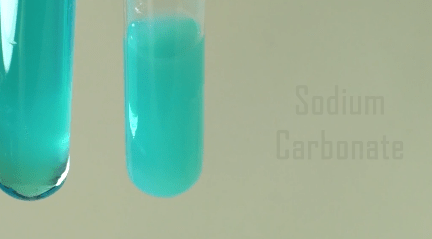Sodium chloride, ammonium chloride, sodium carbonate, and many others have tiny charged particles (positive and negative) called “salts”. When a “salt” is dissolved in water, it will separate into the two particles (plus and minus), which means that if you pass a current through the solution, the positive particles (positive ions) become attracted to the negative pole and the negative particles (negative ions) move toward the positive pole. This movement is allowing electricity to flow, and the this is the reason that “salt” solutions conduct electricity.
Please login or register to read the rest of this content.

